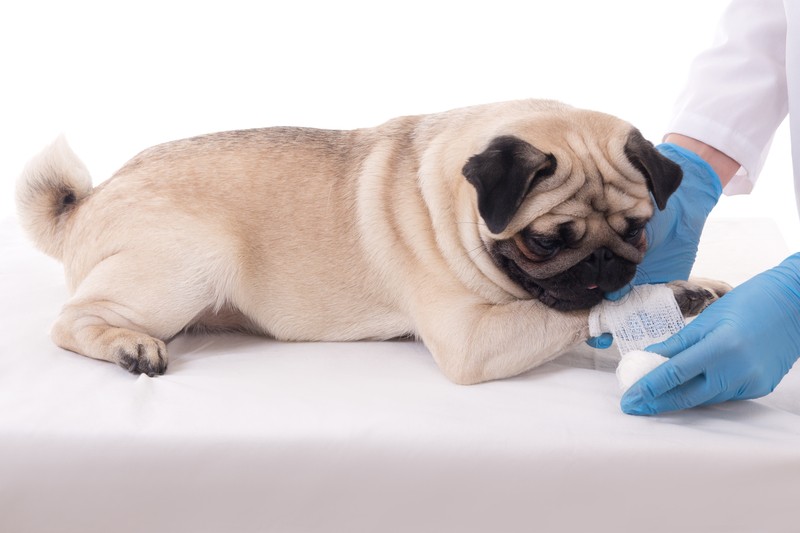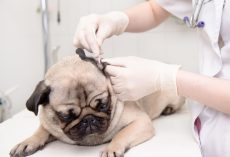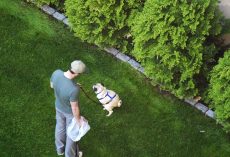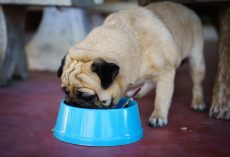These tips will help you care for your pooch! If he is on bed rest, he'll need all the help he can get. Make the experience as comfortable as you can. He'll appreciate it!
10 Tips for Caring for a Recumbent Pet:
1. Pressure Sores
Once a pressure sore, sometimes known as bed sore, develops, it's very difficult to treat, making prevention critical. Be sure your pet is lying on thickly padded, dry bedding.
2. Elimination
If your pet is unable to urinate spontaneously, you will need to manually express his bladder four to six times daily (your veterinarian can show you how to safely do this).
3. Eating and Drinking
If your pet is able to sit with his head up (sternal recumbency), you can try to entice him to eat by hand feeding him and offering tasty treats like bone broth.
4. Temperature
Be sure to keep your pet comfortable temperature-wise, as immobile pets may have trouble maintaining body temperature. I recommend you learn from your dog's vet how to take his temperature (it must be done rectally) and invest in a digital thermometer that you designate for doggie use only.
5. Mobility
If possible, you'll want to try to get your pet up and about to exercise his muscles and boost circulation.
6. Muscles and Joints
Your pet's muscles can atrophy when not used regularly while his joints may become stiff. You can use hot or cold packs applied for up to 10 minutes every six to eight hours for symptomatic relief.
7. Circulation
Walking is one of the best ways to promote good circulation in your pet, so you'll want to encourage walking if your pet can safely do so. If not, passive range-of-motion (PROM) exercises can be used to increase blood flow to joints and other areas.
8. Respiration
Immobile pets are at risk of a collapsed lung on the side facing down. Rotating your pet every several hours can help to prevent this. If possible, you should also try to keep your pet in a slight sitting up position to support respiration.
9. Pain Management
There are many holistic options for pain relief in pets, including chiropractic treatments, acupuncture, massage and even CBD therapy.
10. Cuddle Time and Environmental Enrichment
If your pet is immobilized, whether it be for just a short period (“crate rest”) or due to a chronic condition, he will still crave your attention and care. Take time each day to spend time with your pet, cuddling him, petting him and talking to him to let him know you care.
Your pooch is so lucky to have you by his side in his time of need. Lot's of cuddle time and love is just what he needs to get his spirits up so he can recover faster!
For more information on doggy care, visit Healthy Pets.









